Urology
Urology
Circumcision
Cystoscopy
Cystoscopy allows the doctor to look inside your bladder during an operation. A chemical called hexyl amino levulinate (HAL) will be inserted into your bladder. This is done by passing a fine tube (catheter) along your urethra and into the bladder. With a special camera and a blue light, your doctor can then check your bladder. During the operation, cancer cells absorb the chemical and then glow red in the blue light, so they are easier to see.
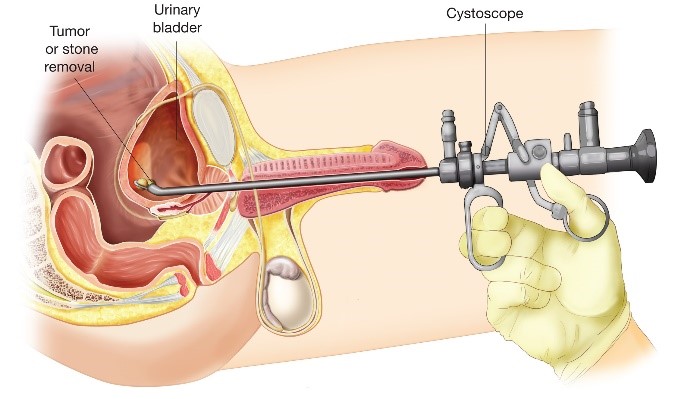
Lithothrispy
Lithotripsy comes from the Greek words ‘lithos’ and ‘tripsis’ and literally means ‘stone breaking’. The procedure uses shock waves to break your kidney stones into small, sand-like particles that can then pass out of your body through your urine.
When a doctor find the stone or group of stones in the kidney or ureter (narrow, muscular tube that connects your kidney to your bladder). Kidney stones can be painful and can cause infection or blood in urine then treatment- Lithotripsy is recommended. If nothing is done to remove them, they may continue to grow and could damage kidney or block ureter.
Lithotripsy is performed on the basis of Day care, meaning that you can come into hospital, have the procedure, and return home the same day. It avoids the need for surgery and anaesthetic, reducing your hospital stay and the amount of time you will need to recover from the procedure.
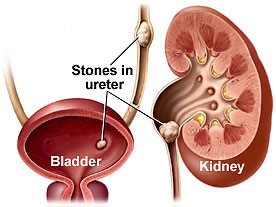
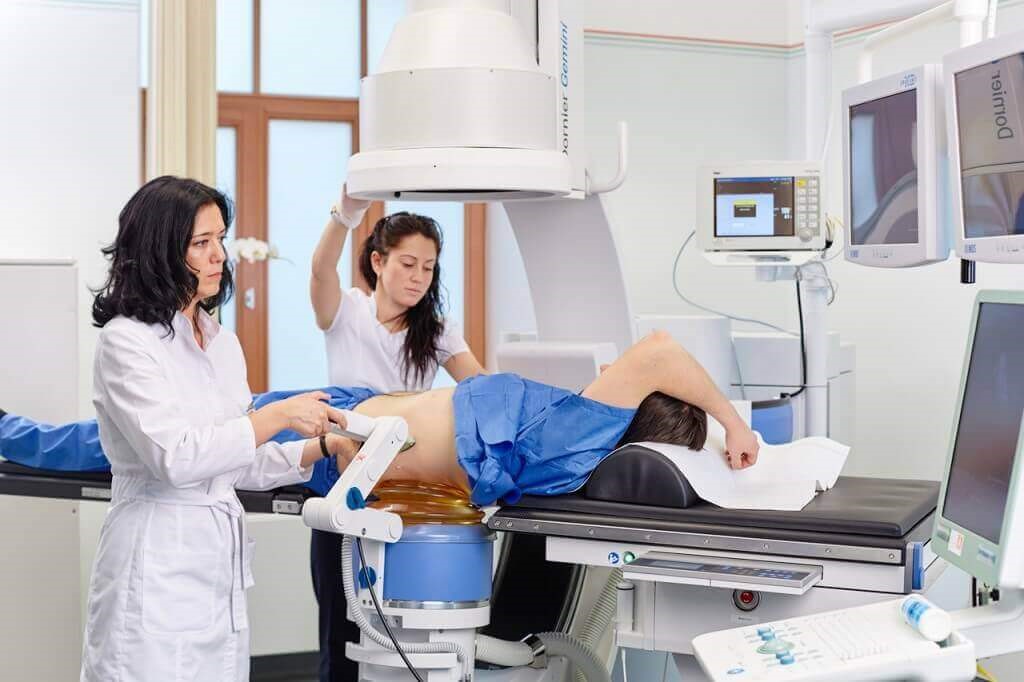
Male Infertility / Fertility
Infertility is defined as the failure to conceive after one year of unprotected intercourse. Approximately 15% of couples attempting their first pregnancy meet with failure. In about 50% of couples seeking treatment, the infertility will be caused by a problem in the male. It is therefore important that both partners are seen and investigated together. Often the male partner is not assessed and patients are sent directly for IVF treatment without having the male partner assessed.
There have been great technological advances in the development and success of assisted conception in the last two decades, such that many couples with infertility can now be offered treatment.
Penile Reconstruction
Percutaneous Nephrolithotomy(PCNL)
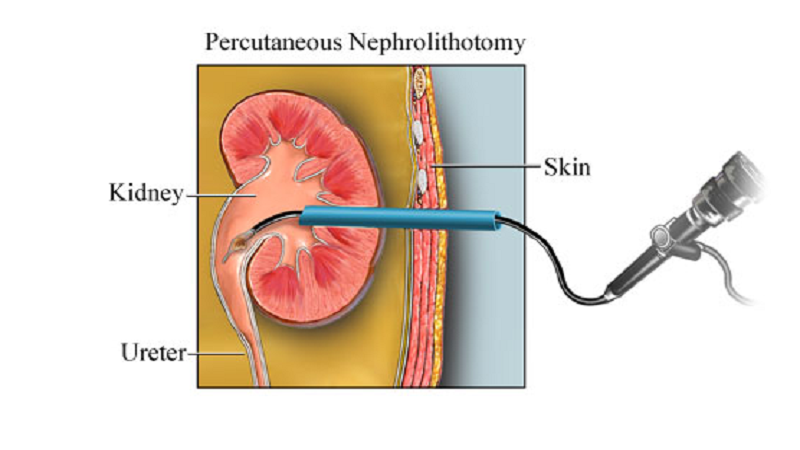
Radial Prostatectomy
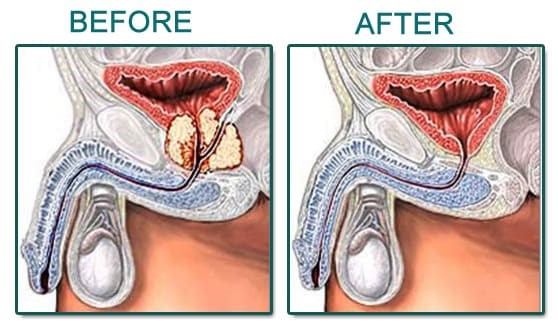
Transutheral Resection of Prostate (TURP)
A TURP is an operation in which an instrument (resect scope) is inserted up the urethra (water pipe) and used to remove a part of the prostate that is blocking the flow of urine. You will be given either a general or a spinal anaesthetic for the procedure.
The operation takes about 45 minutes and you will be in hospital for about three to four days.
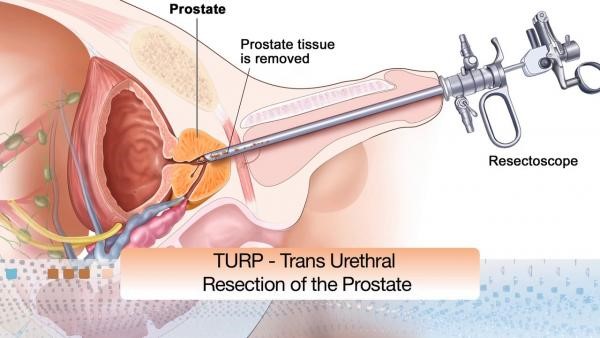
Vasectomy
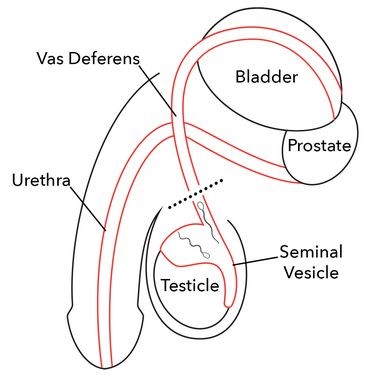

Aarav Medicare team is ready to look after all your medical emergency needs. We will Take care of your health.
Saurav
Why Aarav Medicare?

Highly Qualified Specialists
Best Specialist Doctors for all the Treatment and Procedures. Get Free Online Consutations.

State Of The Art Facility
Finest Hospitals with all the modern Medical Equipment and Best Patient Care.

